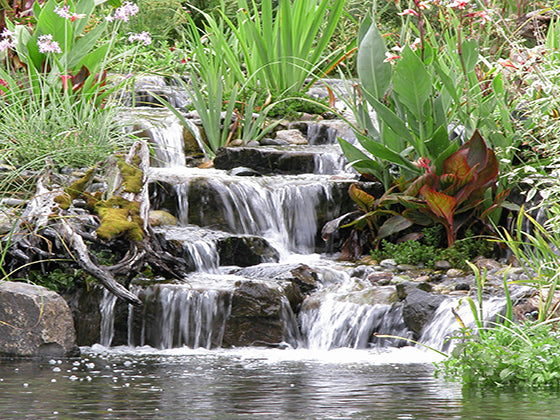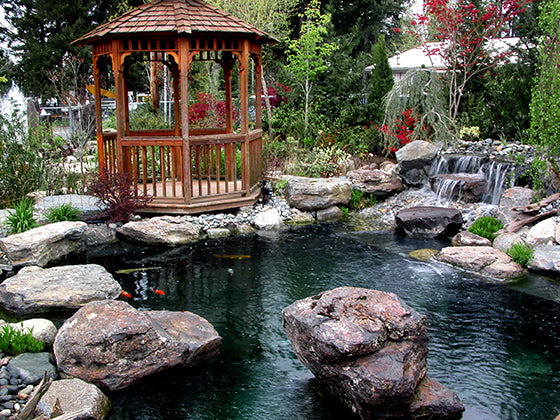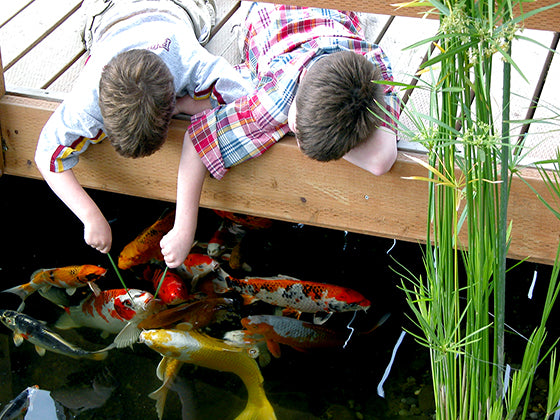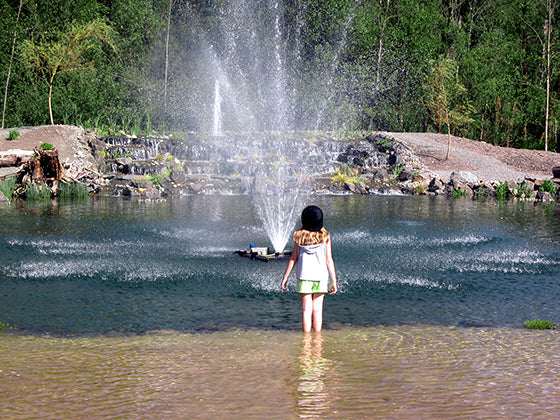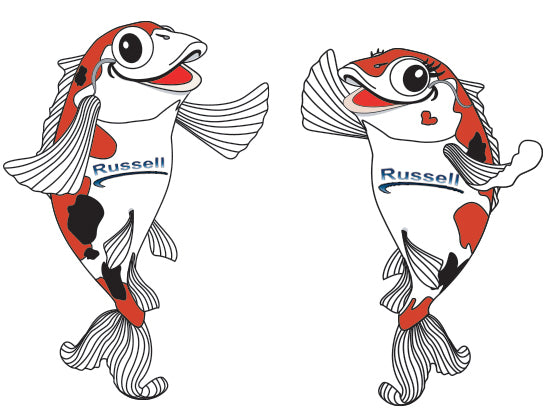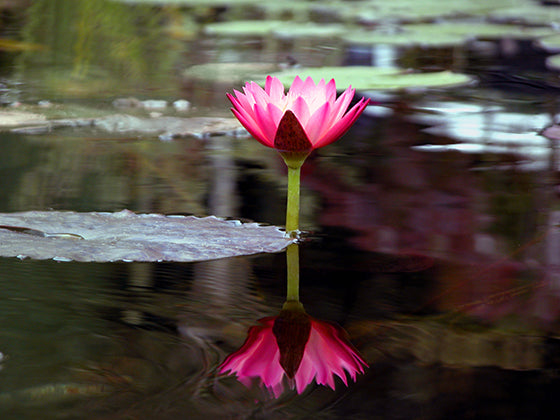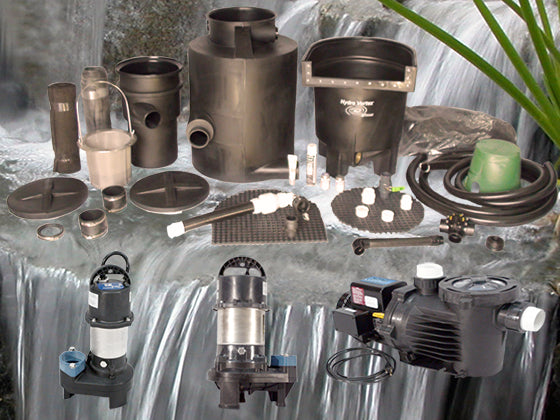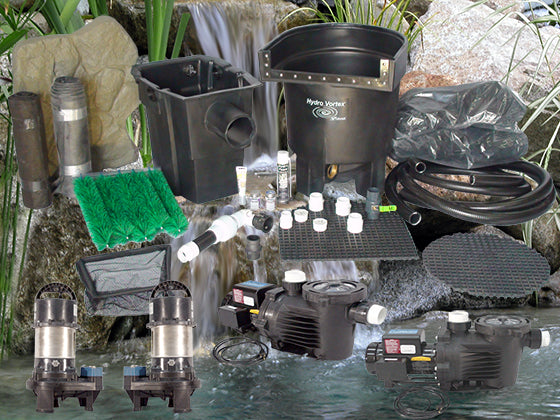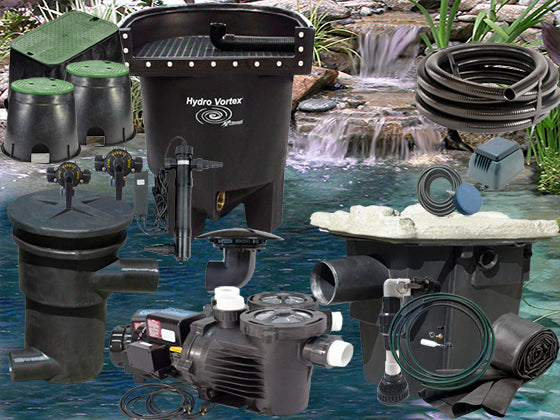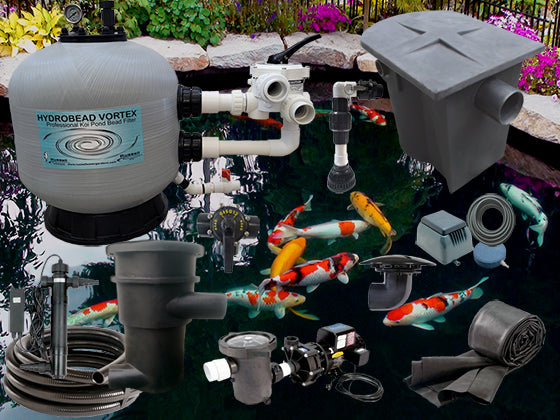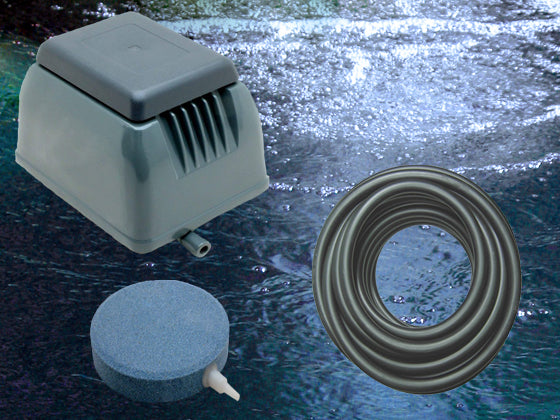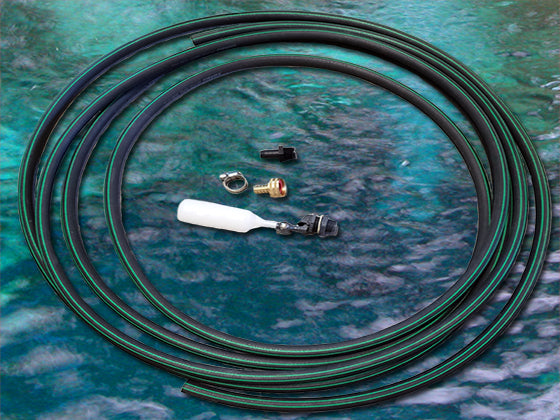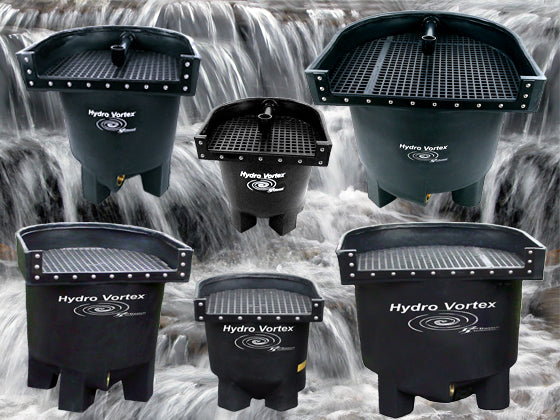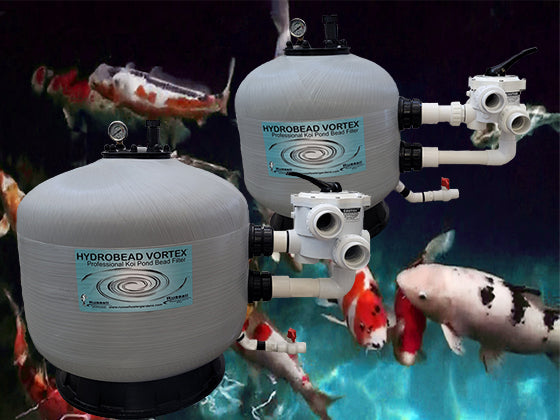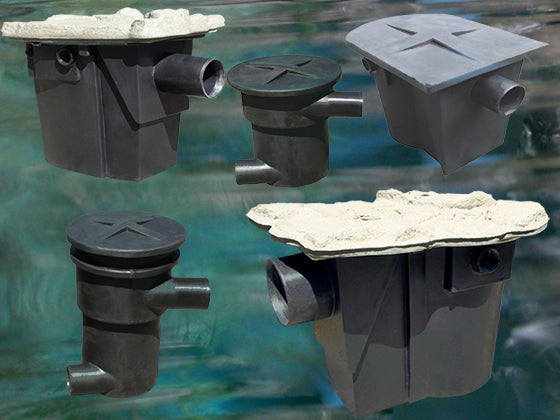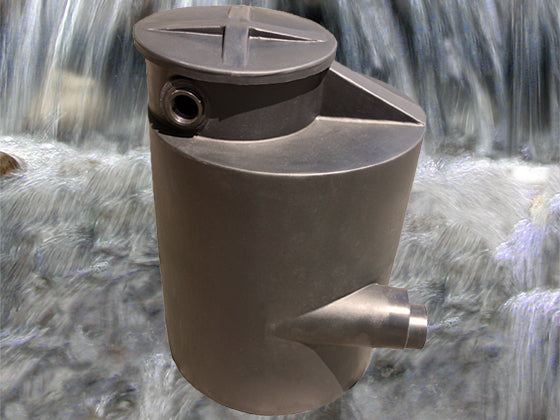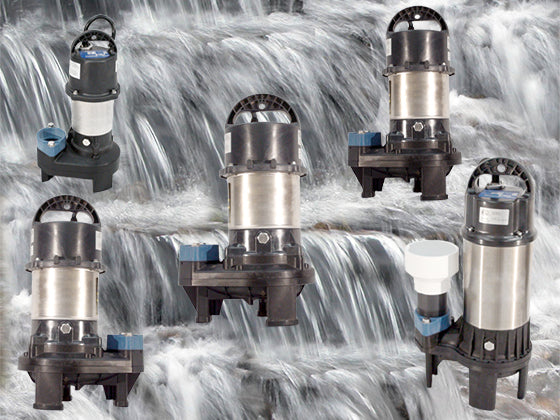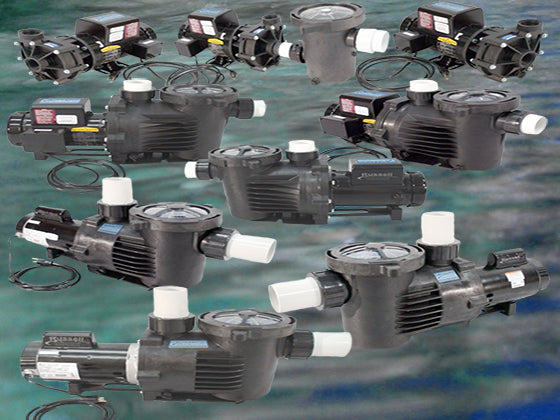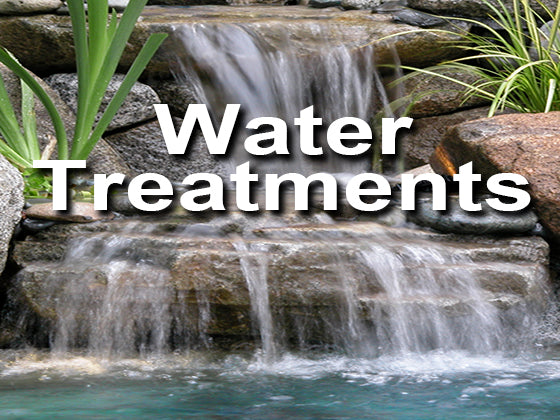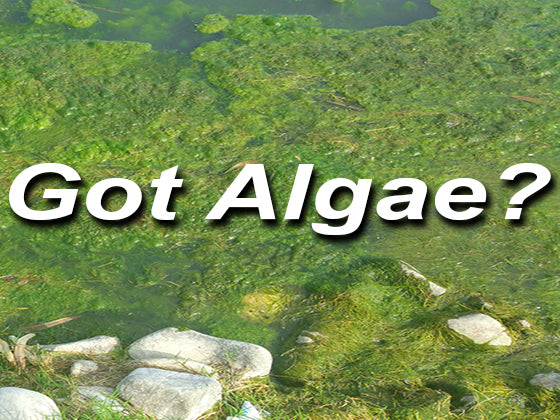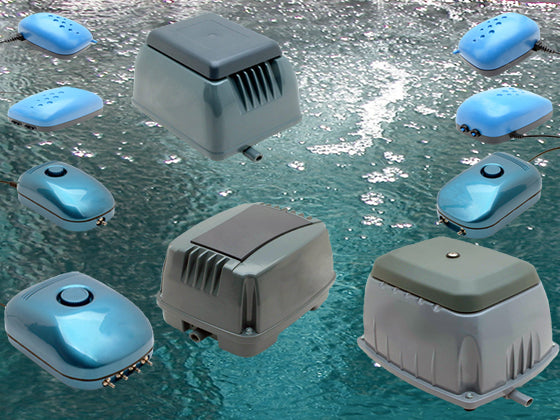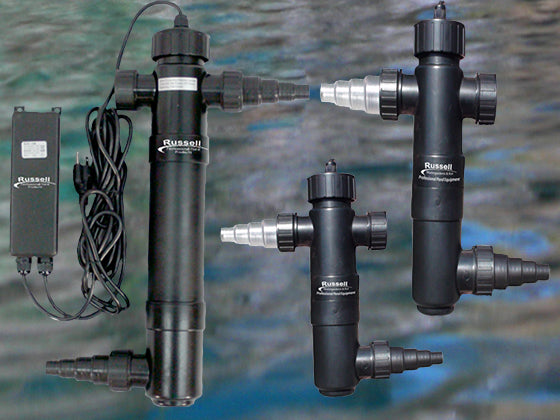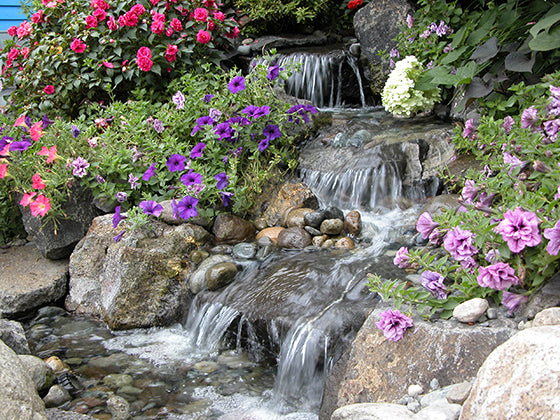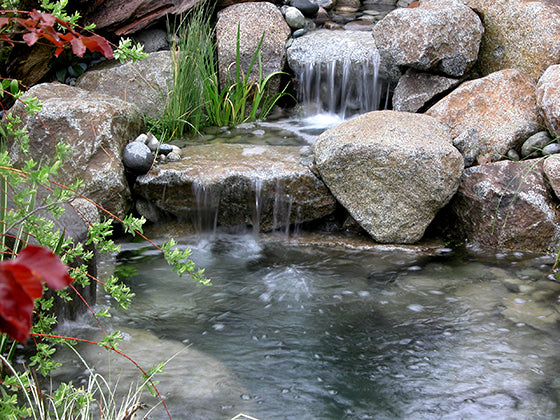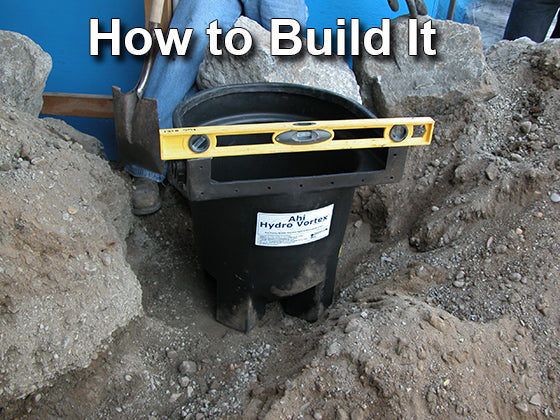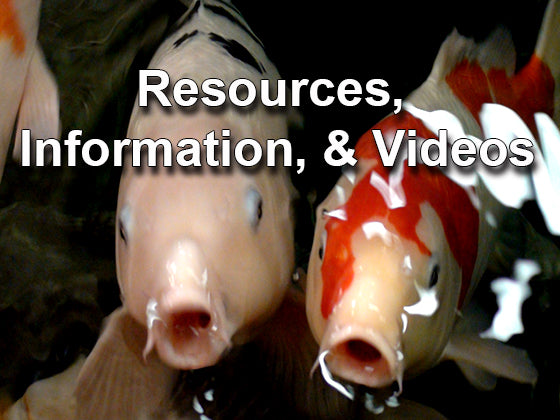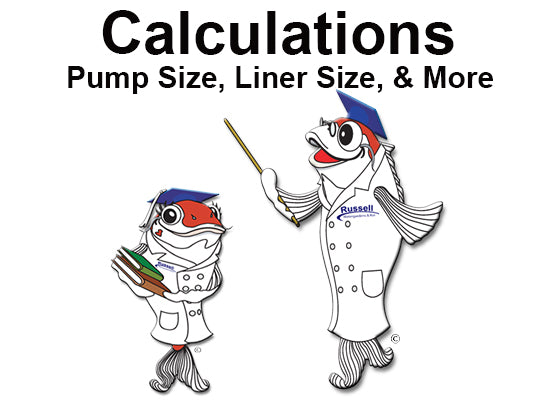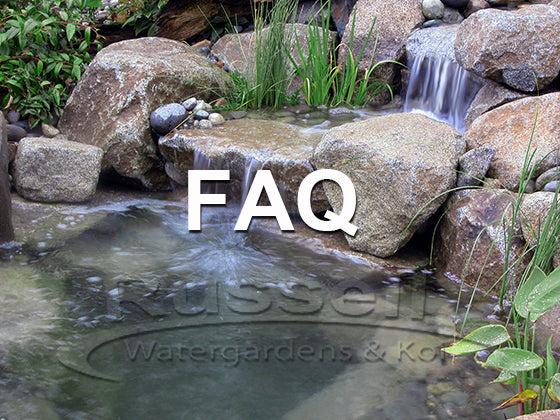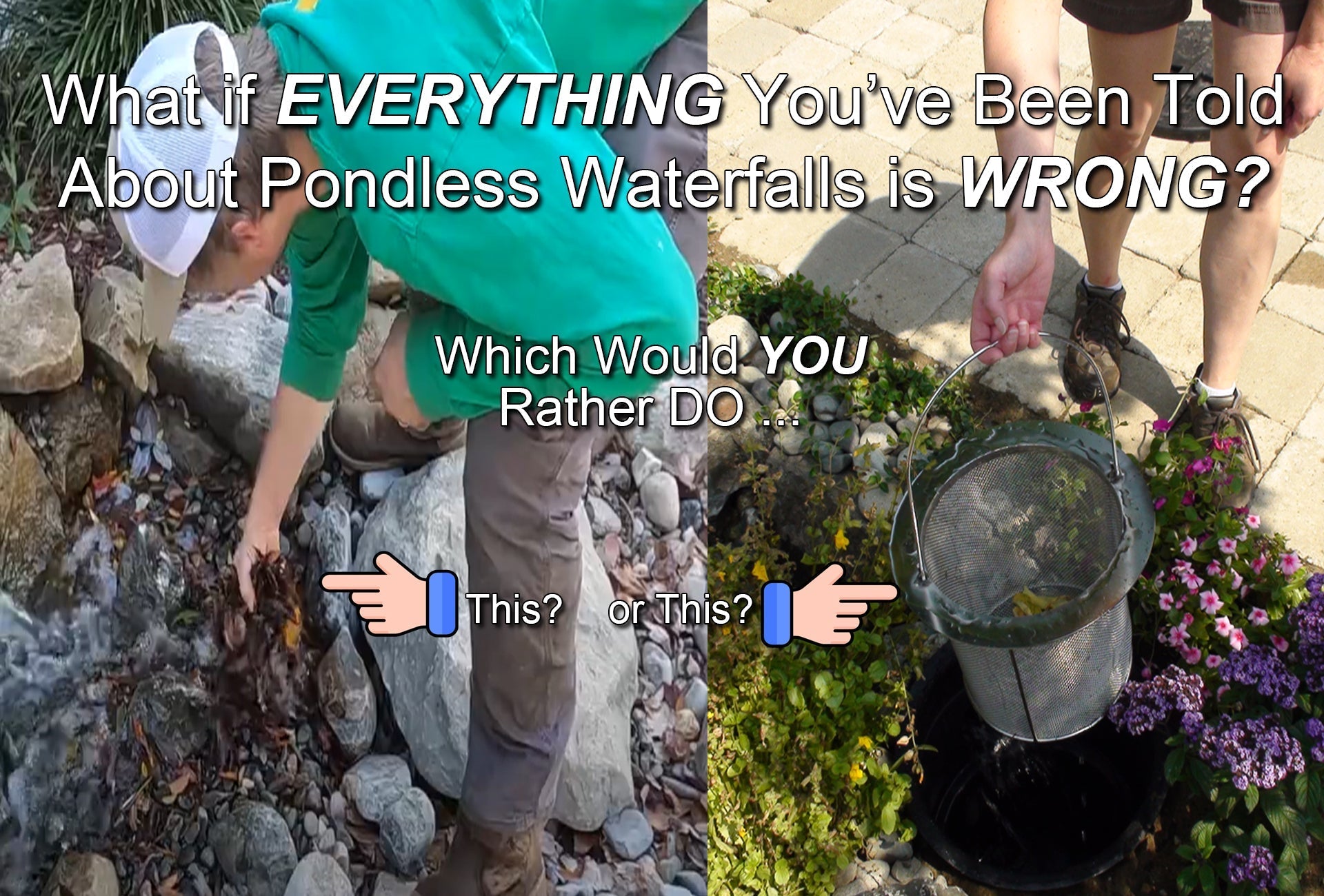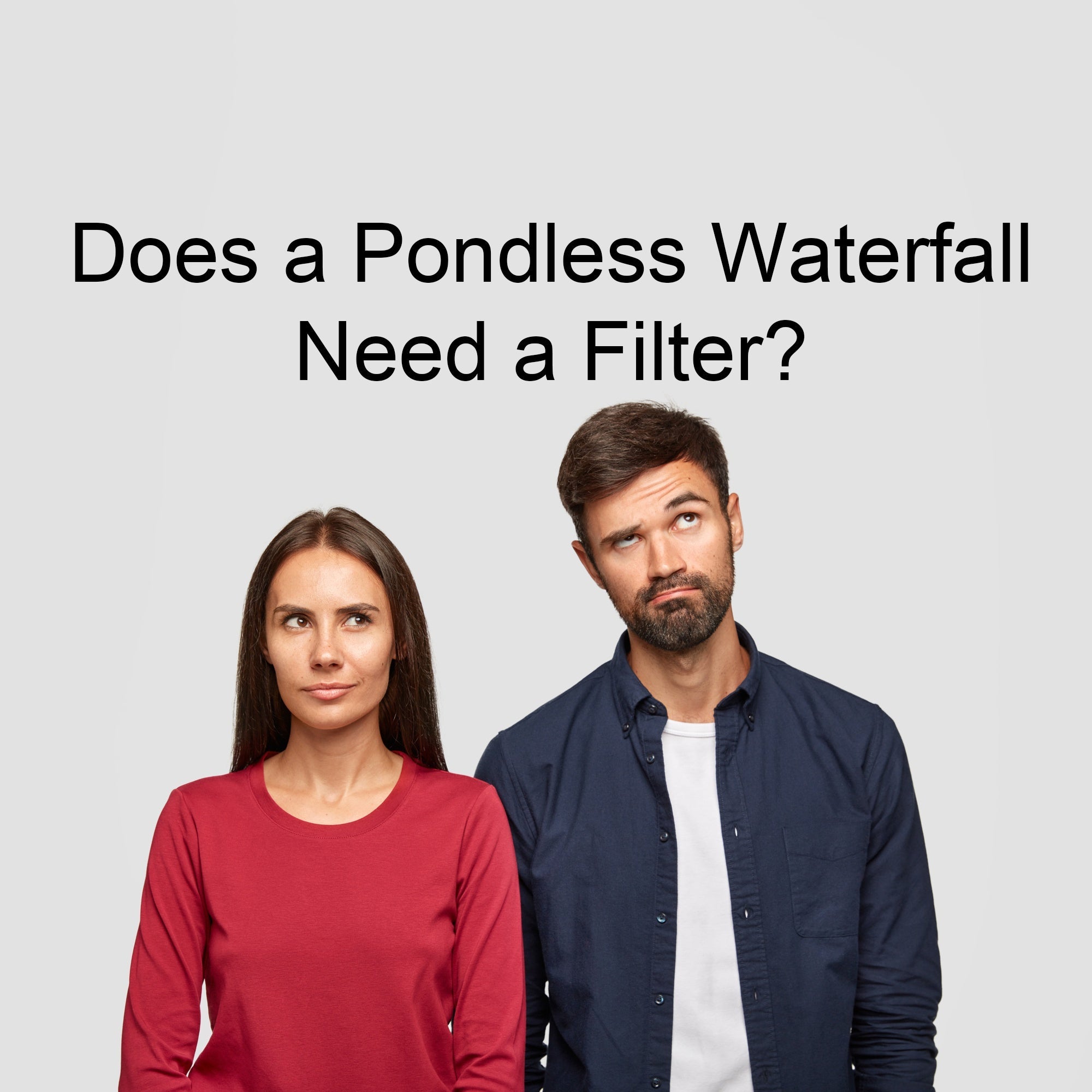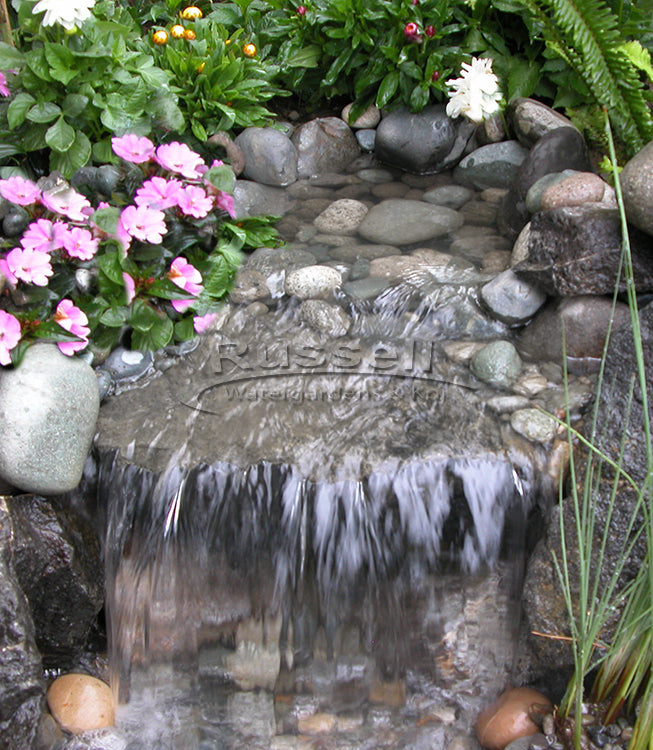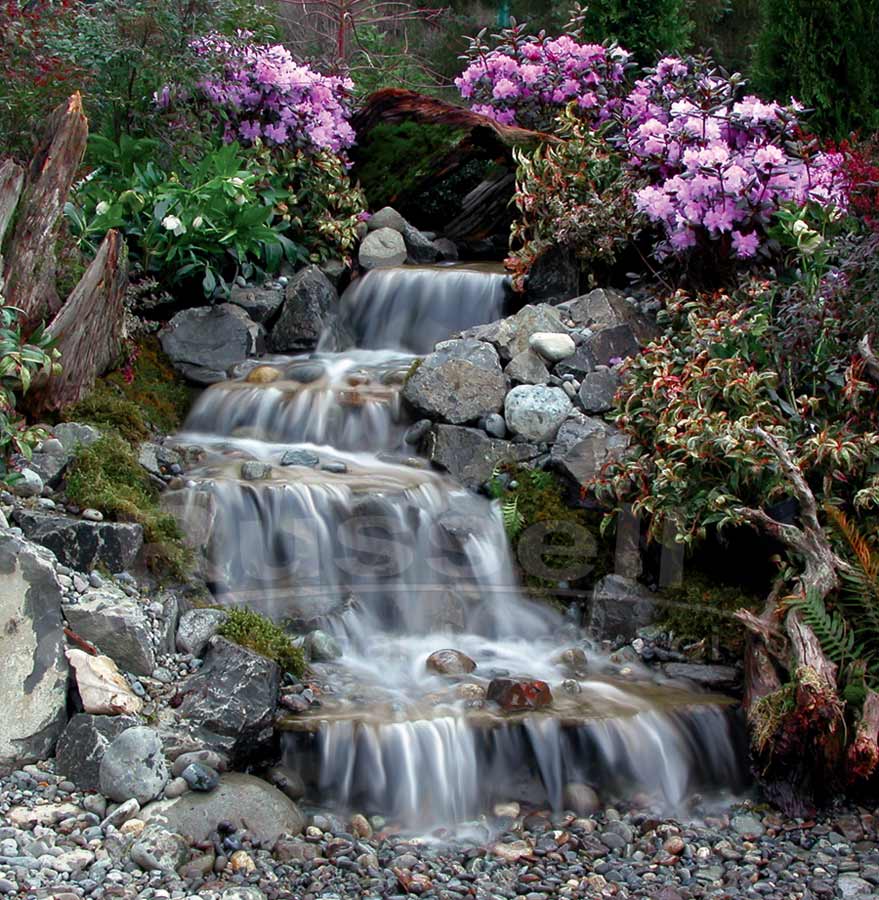
What is an Undergravel Filter, How do Undergravel Filters Work, and Why Undergravel Filters Fail
It's a Mechanical and Biofilter
At the Bottom of the Pond!
Where It Can NOT Be Easily Cleaned!
The under gravel filter concept comes from indoor fish tanks, and aquariums then transferred into outdoor ponds. Gravel is placed over slotted pipes. Water is pumped from the aquarium downward through the gravel and into the slotted pipe under the gravel. The gravel in aquariums is usually fine gravel a few inches deep. The gravel acts as the biological filter media. The water circulation in the aquarium is from top down. Cleaning the gravel is usually done by vacuuming the gravel. Do a search on YouTube on how to clean aquarium gravel - they vacuum it. This type of gravel vacuuming is not easy in ponds.
Undergravel filters for outdoor ponds became popular in the 1980's before more advanced koi pond biological filters had been invented. An undergravel filter is comparatively cheaper than a koi pond filter. The cost of an undergravel filter is slotted pipe, gravel, and the labor to install it. Pipe is typically 3" or 4" slotted drainage pipe found in home improvement warehouses. This then requires 5"-6" deep of gravel to cover the pipes. The gravel is typically pea gravel. The gravel performs "double-duty" as both the prefilter and the biological filter.
Unlike an indoor aquarium, outdoor ponds must deal with the elements. Leaves, fir needles, dust, pollen, insects, worms, bird feathers, pet hair, in addition to the fish waste all get trapped in the pond's prefilter - in the case of an undergravel filter - it is at the bottom of the pond! The absolute worst place it can be for cleaning.
Since the undergravel filter works with a top down water current - water in the pond is always being sucked downward. All the debris mentioned above gets sucked down into the gravel at the bottom of the pond. Beneficial bacteria breaks some of the debris down, but most simply decays and clogs the gravel. Clogged gravel doesn't have oxygenated water passing through it - so the beneficial bacteria dies off. The gravel then becomes food for algae and parasites to grow.
Why Do Undergravel Filters Fail?
Mechanical filters trap debris. Gravel traps debris - but removing the debris is incredibly difficult in undergravel filters. Mechanical filters such as skimmers and sieves make removing the trapped debris easy.
Beneficial bacteria grows on biological filter media for breaking down ammonia and organics. As with any type of filter, biological filter media benefits from periodic rinsing. Biological koi pond filters can be easily backwashed to keep the filter performing in peak condition. Undergravel filters with deep gravel as the biological filter media, clog if not periodically rinsed - but as you can imagine, cleaning gravel at the bottom of the pond is no easy chore. With gravel at the bottom of the pond serving as the mechanical filter AND biological filter media ... how do you remove the debris trapped in the gravel? If not removed, the debris becomes toxic to the good bacteria, and toxic to your koi and pond fish.
Biological filters use filter media that provides surface area to grow beneficial bacteria. The bacteria removes ammonia and other dissolved organics from the pond. Other biological filters such as Hydro Vortex™ waterfall filters and HydroBead™ Vortex bead filters are backflushable. Periodic backflushing of the biological filter keeps the media free of solid organic matter so the bacteria can do their job more efficiently.
With an undergravel filter at the bottom of the pond serving as the biological filter ... how do you backwash the gravel? What happens if you don't keep an undergravel filter clean?
Over time, gravel at the bottom of the pond will clog with leaves and other debris that is blown into the pond, as well as 100% of the fish waste. Clogged filters force water to "channel" around the media instead of through it. Channeling water is then not filtered. Bacteria need food and oxygen to survive - with water channeling around the media - the bacteria die off. Dead bacteria and decaying organics in the biological filter become a haven for parasites and other diseases that can kill your fish!
| Good Filtration | Bad Filtration |
|
Separate Mechanical and Biological Filtration System
|
Undergravel Filter - Mechanical and Biological in One
|
|
Simple, inexpensive cleaning and backflushing of each component as they are external of the pond
|
Difficult, very expensive to clean as the gravel is inside and at the bottom of the pond
|
|
Cleaner ponds, less algae, healthier fish
|
Dirtier ponds, more algae,
less healthy fish |

